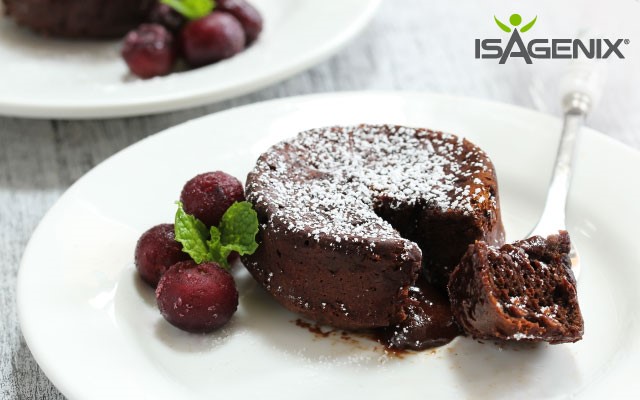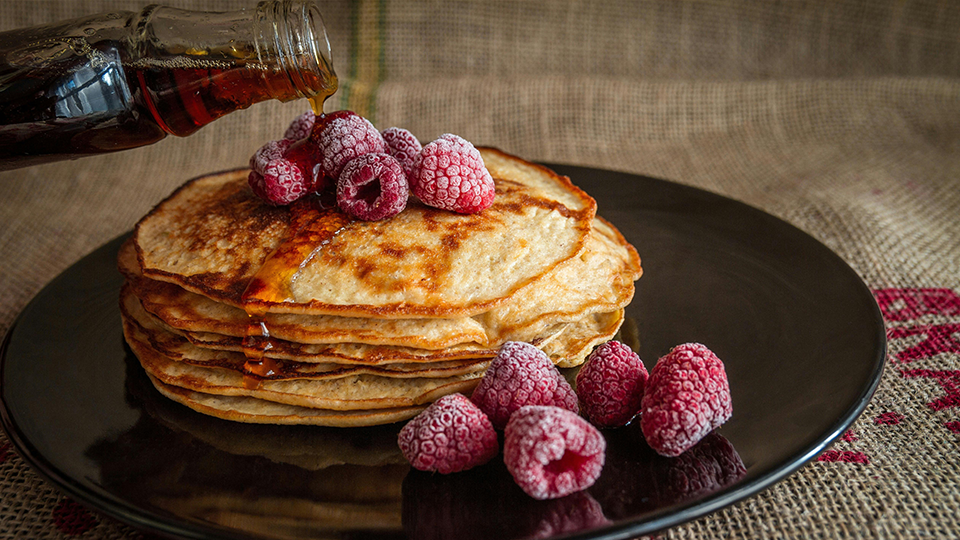Instead of cutting out favorite foods entirely, including portion-controlled treats as part of a weight management plan can help satisfy cravings and support weight loss success.
For most people, eliminating favorite foods is not a sustainable long-term approach. However, it’s often the first step many people take when they start a new weight loss plan. An extreme or overly-restrictive approach to weight loss is unlikely to lead to lasting success. In fact, some evidence indicates that attempting to cut out all your favorite foods could be counterproductive for achieving your weight loss goals.
Don’t Amplify Cravings
Research suggests that attempting to eliminate favorite foods during weight loss can make food cravings harder to resist and may lead to unintended overeating (1).
In a study of food cravings among dieters and nondieters, both groups reported food cravings (2). However, dieters reported significantly more frequent and more intense food cravings than their nondieting counterparts. The dieters also attributed their cravings to foods they had attempted to cut out of their diets.
The more that the dieters tried to avoid favorite foods, the more cravings they experienced. This study highlights a pattern that may sound familiar to anyone who has struggled to lose weight in the past. The more restrictive you try to be in your food choices, the more likely you are to struggle with cravings.
Moderation is Best
Other research indicates that indulgent, commonly craved foods can be part of a weight loss plan without a negative impact on weight loss results.
One study randomized overweight women to either receive a daily, portion-controlled chocolate treat or a plain, nonchocolate snack as part of a reduced-calorie diet for weight loss (3). At the end of the 18-week trial, women who enjoyed the daily chocolate treat achieved identical weight loss as those who did not consume chocolate.
When included as part of a sensible weight loss plan, an indulgent treat did not affect the participants’ weight loss results.
Outsmart Cravings
Some research suggests that trying to eliminate favorite foods from your diet can lead to increased cravings, particularly cravings for the foods you are trying to avoid. But other studies demonstrate that with sensible portions, commonly craved foods can be part of a healthful diet to support weight loss.
Based on the research, a trick to outsmarting cravings may be to enjoy your favorite indulgent foods in a way that is consistent with your health and weight loss goals. The following tips can help you create your own plan to outsmart cravings and enjoy your favorite foods in moderation.
1. Make it an occasion.
Save your favorite indulgent treats for a special occasion. For example, if you crave ice cream, go out with friends for an ice cream cone instead of keeping a gallon of ice cream in your freezer. When you decide to indulge, you’ll be sure to enjoy your craved foods to the fullest while avoiding constant temptation of these foods in your home.
2. Plan for a smart portion.
One concern with craving is that they often lead us to eat more than intended. Outsmart your cravings by planning for portion control. Whether you are craving something savory and crunchy or something decadently sweet, choosing an individually packaged, portion-controlled option can help you satisfy cravings without the guilt.
3. Balance indulgent foods with healthful options.
Including your favorite, most craved foods in a way that still supports your health and weight loss goals means making balanced choices. One way you can find balance is to include a sensible portion of craved foods as part of a healthful meal. Imagine you are craving pizza. Instead of eating only pizza, plan a more balanced meal that includes one or two slices of your favorite pie along with a large, crisp salad. Balancing indulgent foods with healthful options is likely to leave you feeling more satisfied and can help you consume fewer calories overall.
Choosing a more balanced, sensible approach to indulgent foods can help you conquer your cravings for weight loss success. Remember, attempting to cut out your favorite foods from your diet is not only unnecessary, but might be counterproductive for achieving your health and weight loss goals.
References
- Hill AJ. The psychology of food craving. Proc Nutr Soc. 2007 May;66(2):277-85.
- Massey A, Hill AJ. Dieting and food craving. A descriptive, quasi-prospective study. Appetite. 2012 Jun;58(3):781-5. doi: 10.1016/j.appet.2012.01.020.
- Piehowski KE, Preston AG, Miller DL, Nickols-Richardson SM. A reduced-calorie dietary pattern including a daily sweet snack promotes body weight reduction and body composition improvements in premenopausal women who are overweight and obese: a pilot study. J Am Diet Assoc. 2011;111:1198-203.
- Gilhooly CH, Das SK, Golden JK, McCrory MA, Dallal GE, Saltzman E, Kramer FM, Roberts SB. Food cravings and energy regulation: the characteristics of craved foods and their relationship with eating behaviors and weight change during 6 months of dietary energy restriction. Int J Obes (Lond). 2007 Dec;31(12):1849-58.





